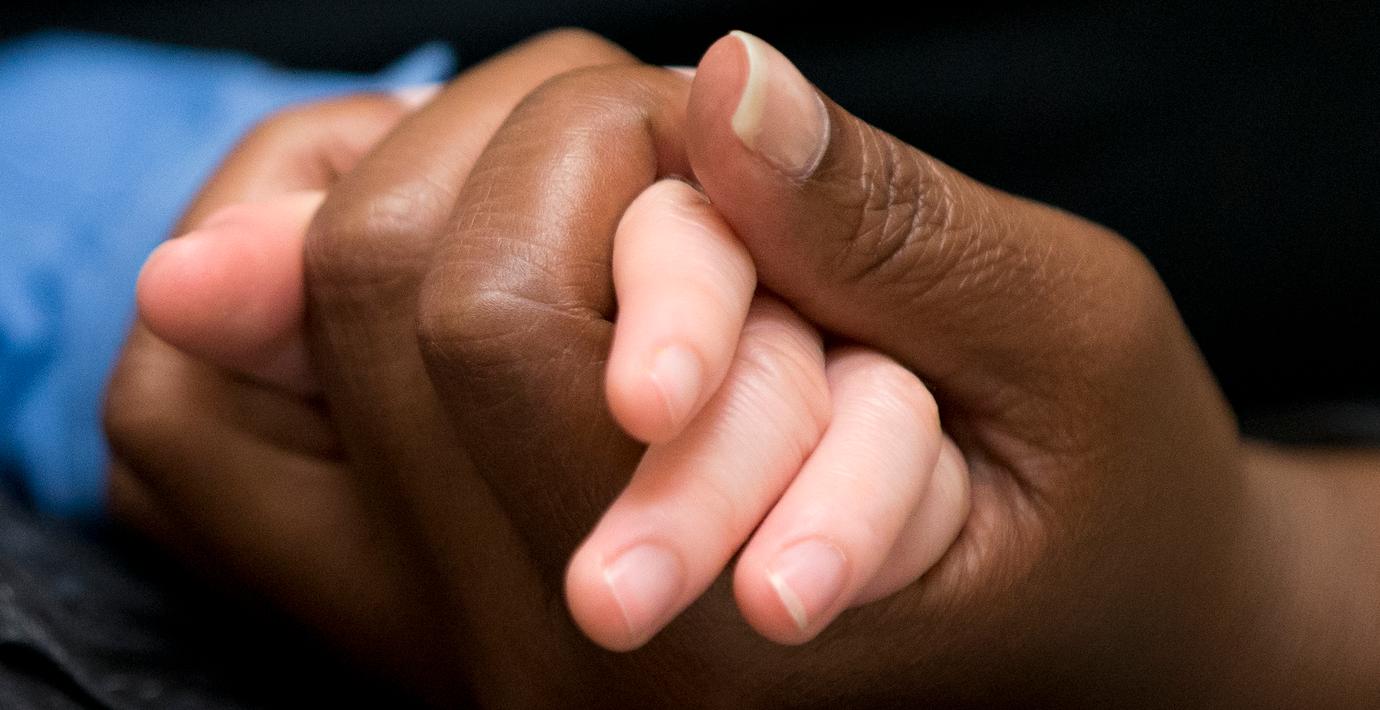
Albinoflicka, 5, hittad stympad i Burundi
En femårig flicka med albinism blev i onsdags kidnappad och därefter mördad i Burundi. Flickans familj larmade grannar som följde efter angriparna och sedan hittade flickans stympade kropp.
– Gärningsmännen hade tagit en av hennes armar, säger en myndighetsperson till nyhetsbyrån AFP.
Personer med albinism saknar pigment och har därmed mycket ljus hy. Deras kroppsdelar anses i vissa delar av världen ha magiska krafter och används i ritualer.

al-Jazeera-dokumentär om albinism i Afrika
bakgrund
Förföljelsen av personer med albinism
Wikipedia (en)
Persecution of people with albinism (sometimes abbreviated PWA) may occur for different reasons. One is based on the belief that certain body parts of albinistic people can transmit magical powers. Such superstition is present especially in some parts of the African Great Lakes region, it has been promulgated and exploited by witch doctors and others who use such body parts as ingredients in rituals, concoctions and potions with the claim that their magic will bring prosperity to the user (muti or medicine murder)
As a result, people with albinism have been persecuted, killed and dismembered, and graves of albinos dug up and desecrated. At the same time, people with albinism have also been ostracised and even killed for exactly the opposite reason, because they are presumed to be cursed and bring bad luck. The persecutions of people with albinism take place mostly in Sub-Saharan African communities, especially among East Africans.
Albinism is a genetically inherited condition which is very rare and, worldwide, affects approximately one in twenty thousand people Although rare in the western world, albinism is quite common in sub-Saharan Africa, likely as a result of consanguinity. Both parents who may or may not be albinos themselves must carry the gene if it is to be passed on to the child and is common both in male and female and is not specific to any race or ethnic group. Statistics prove that fifty percent of albinistic people in Tanzania have a known albinistic relative, although very few understand or are educated about the medical and genetic causes of this condition. Many believe it is a punishment from God or bad luck, and that their "disease" could be contagious which is often the view of even members of the medical and professional community. These misconceptions, coupled with the lack of education are some of the key reasons that albinism is so heavily persecuted. This lack of knowledge about people with albinism means that folktales and superstition in the name of witchcraft take the place of medical and scientific facts in the minds of many native Africans, with and without albinism, which in turn has major effects on the social integration of albinistic people into African society. Ninety-eight percent of albinos die by the age of forty for reasons which could easily be prevented.
Burundi
Omni är politiskt obundna och oberoende. Vi strävar efter att ge fler perspektiv på nyheterna. Har du frågor eller synpunkter kring vår rapportering? Kontakta redaktionen


